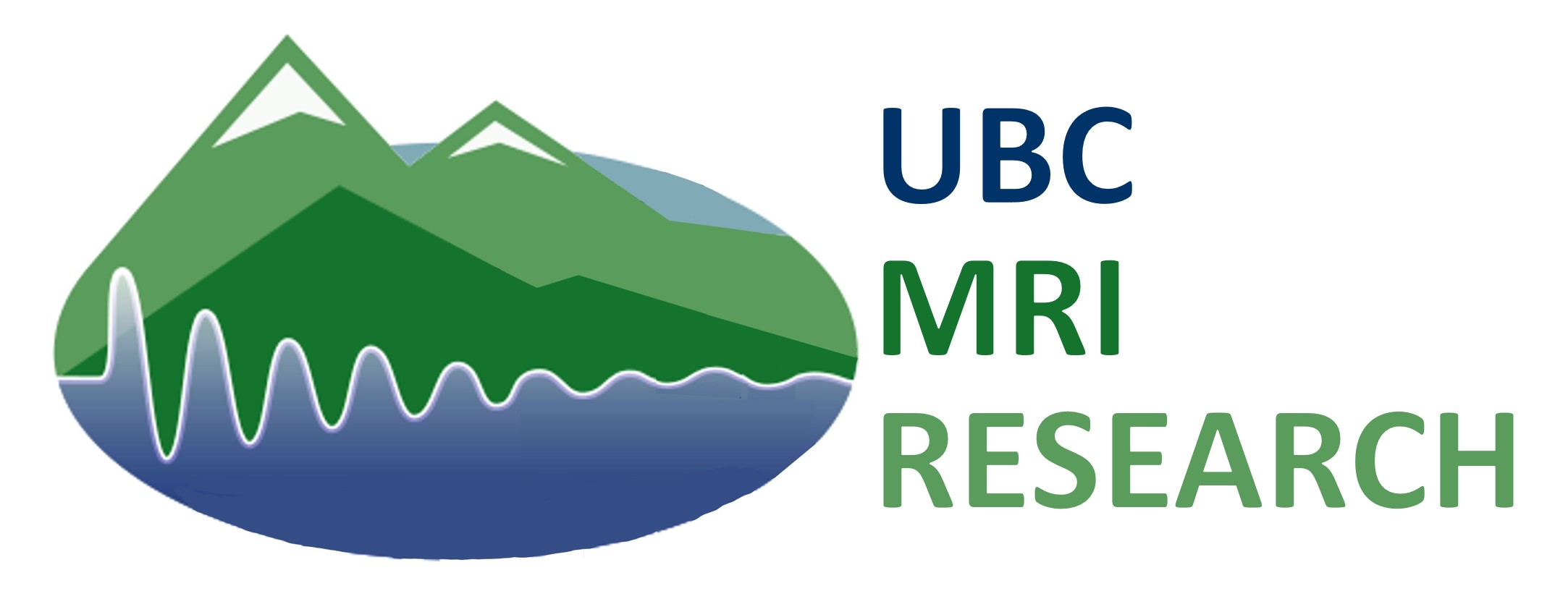What does MRI measure?
Roughly speaking, magnetic resonance imaging (MRI) mainly detects the presence of hydrogen nuclei in water and lipid. Electromagnetic signal can be induced through radiofrequency excitation, from an ensemble of mobile hydrogen nuclei (net magnetization) within a static magnetic field.
The most conventional MR image provides good anatomical contrast by using methods that differentiate between tissue types based on “proton density” (concentration of hydrogen nuclei), T2 relaxation time (how quickly the detectable signal decays) and T1 relaxation time (how long it takes for the net magnetization to return to equilibrium after excitation).
Moreover, the resultant signal can be affected by a myriad of experimental factors and settings, which has led to novel MR-based contrasts ranging from perfusion, blood flow related to neural activation, detection of individual metabolites, iron deposition, oxygenation, and the probing of tissue microstructure by studying the behaviour of water diffusion.
Why is the magnetic field strength important?
The strength of the static magnetic field (measured in T or Tesla) is important in determining the net proportion of hydrogen nuclei that can generate a detectable signal. As a general rule of thumb, a higher magnetic field strength increases the available signal in relation to image noise, which can be used to boost image quality and resolution.
Field strengths for preclinical scanners (7T, 9.4T, 11.7T) are typically much higher than standard clinical human scanners, in order to meet the high resolution requirements for scanning animals that are an order of magnitude smaller than humans.


What resolution/image quality/acquisition times can I expect?
The short answer to all of these questions is: it depends! The design of an MRI experiment is a study in tradeoffs between fast acquisition times, image quality and high resolution: it is often possible to achieve two of these aims, but not all three at the same time. The situation is further complicated if the desired output is a spatial parameter map which requires the acquisition of several image volumes with different acquisition settings, which increases the necessary acquisition time.

Image quality tradeoffs: you can optimize two of them at the expense of the other factor
As a rough guideline, survey images with conventional MR image contrast typically require 2-4 minutes to acquire at a resolution of 150x150x1000 microns. An isotropic resolution of 85 microns can be achieved for a limited field of view (e.g. mouse brain) in about 35 minutes.


How long is each in vivo imaging session?
Depending on experimental goals and the desired number/frequency of anesthetic sessions, an in vivo imaging experiment ranges from 20-25 minutes to 2 hours. Many users choose to use the allotted time to acquire data for several parameter maps.
Who handles the animal care and maintenance?
Our personnel are experienced in the handling and maintenance of the subjects during the MRI scan, and the daily routine care of the animals are provided by the CCM housing technicians. Other procedures can be delegated to our own staff or Animal Care Services technicians provided with sufficient training, or are performed by the user group’s own technicians.
Why Preclinical MRI?

